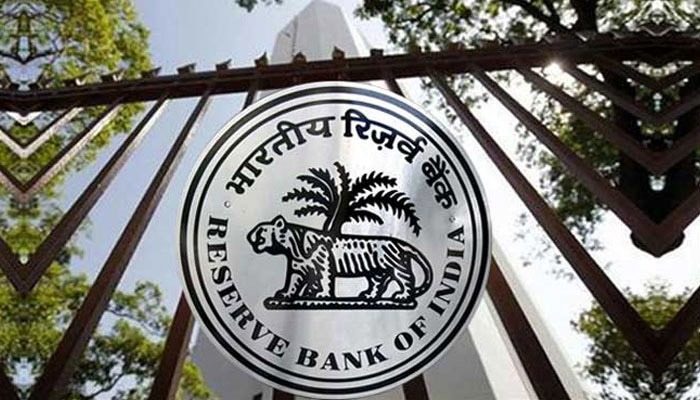The RBI on Wednesday released new guidelines to bring about more discipline in the working capital offered by banks to large borrowers.
Earlier a firm could withdraw money and repay the bank with which it had a certain cash credit limit, at an agreed upon rate of interest. This ease of availing cash credit, though convenient for the borrowers, caused volatility for the banks in their management of liquidity. Many times, Banks faced high working capital demand and were unable to manage liquidity. To address this issue, RBI has decided to regulate the borrowing.
As per the new regime, with effect from April 1, 2019, borrowers who have a working capital limit of Rs.150 crores or more will be required to avail the initial 40 per cent of the limit as a working capital demand loan. The tenure for this can be anywhere between 7 days to a year. From July 1, 2019, this component of the loan will go up to 60 percent. Further to this, banks are also mandated to set aside a certain capital sum for the unused part of the working capital. Creating this split will allow banks to anticipate when a firm would want to avail the funds and by when they would be repaid.
While this means better liquidity management by the banks, it isn’t as much of a good news for borrowers with a weaker cash flow or for those associated with industries with volatile cash flow cycles. But on the brighter side, if the corporates manage to participate in the new environment by embracing it, it may mean lower cost of borrowing eventually.





